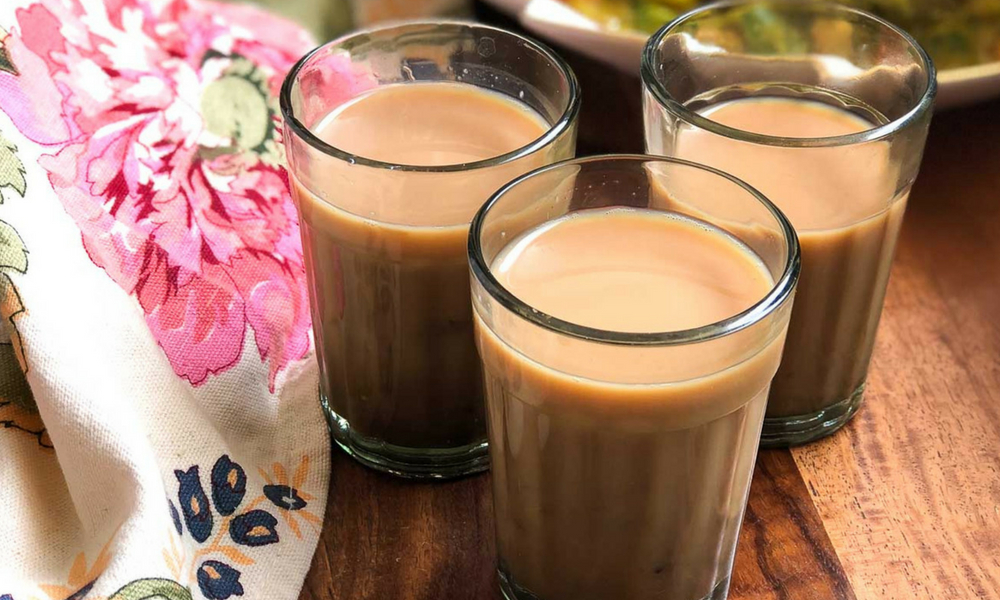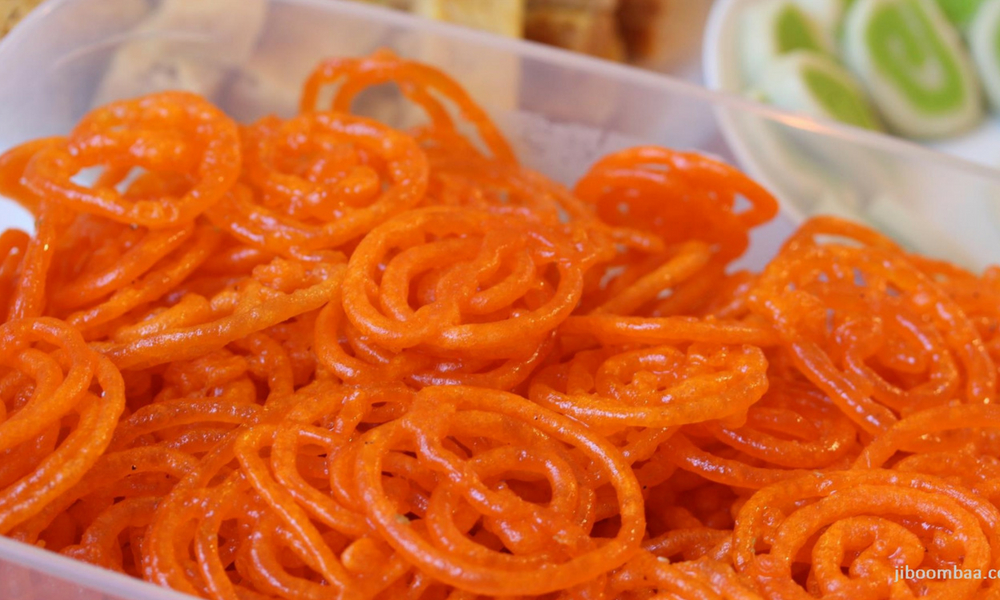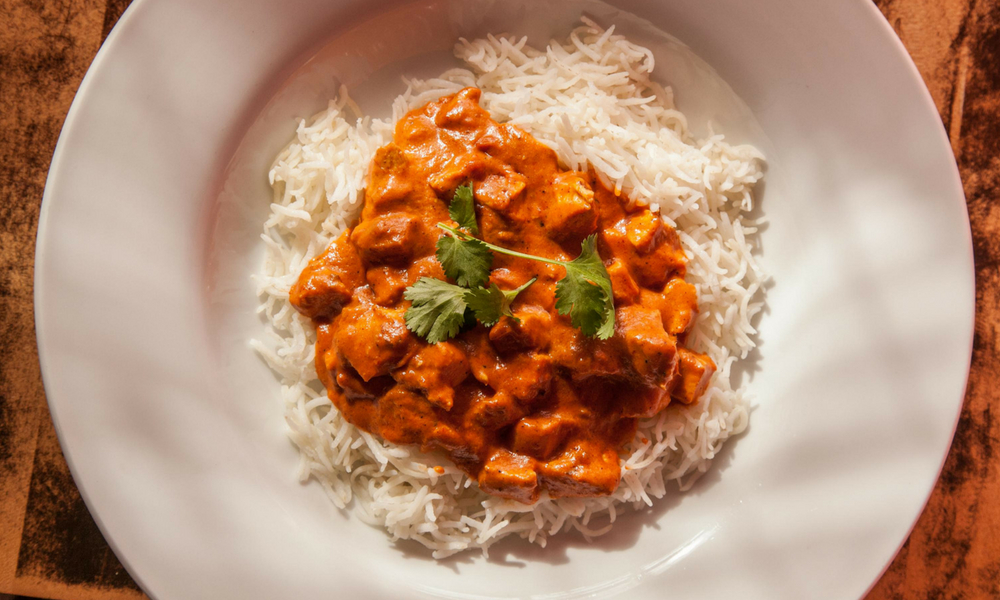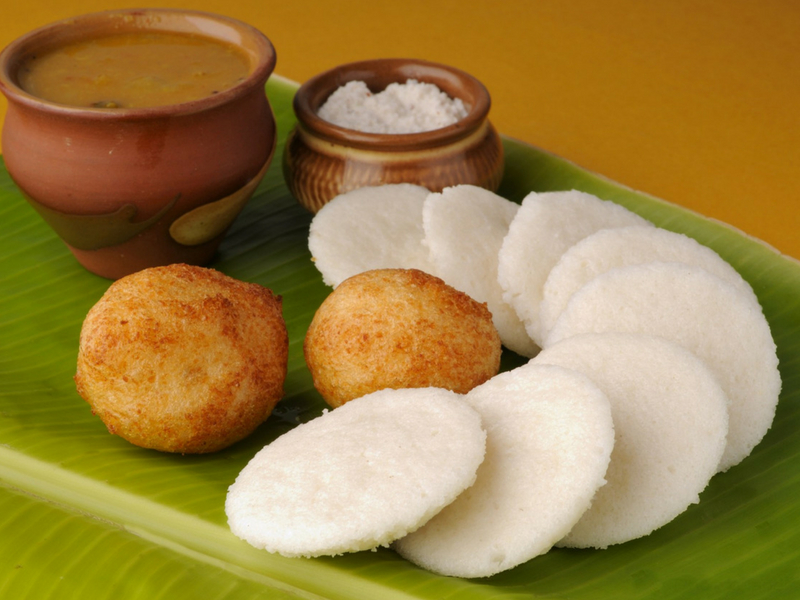The post HEALTH BENEFITS OF GREEN TEA appeared first on FWD Life | The Premium Lifestyle Magazine |.
]]>Green tea is one of the healthiest beverages. It is loaded with antioxidants and nutrients that have powerful effects on the body. These include improved brain function, fat loss, a lower risk of cancer and many other impressive benefits.
Health benefits of green tea include improved heart health
Tea is rich in polyphenols. It has effects like reducing inflammation. It also helps to fight cancer. Green tea is about 30 percent polyphenols by weight. This includes large amounts of a catechin called EGCG. Catechins are natural antioxidants. So, they help prevent cell damage and provide other benefits. These substances can reduce the formation of free radicals in the body. This protects the cells and molecules from damage. These free radicals are known to play a role in aging and all sorts of diseases.
Health benefits of green tea include improved brain function
Green tea does more than just keep you awake, it can also make you smarter. The key active ingredient is caffeine. This is a known stimulant. It doesn’t contain as much as coffee. but enough to produce a response without causing the “jittery” effects. These effects are associated with too much caffeine.
Improves physical performance
Green tea has been shown to increase fat burning. It also boosts the metabolic rate. It has also been shown to improve physical performance. This is by mobilizing fatty acids from the fat tissues. Later making them available for use as energy.
Lower the risk of cancer
Cancer is caused by uncontrolled growth of cells. It is one of the world’s leading causes of death. It is known that oxidative damage contributes to the development of cancer and that antioxidants may have a protective effect. Green tea is an excellent source of powerful antioxidants. So, it makes sense that it could reduce your risk of cancer, which it appears to do. So, green tea can help prevent cancer.
Helps to fight brain diseases
Not only can green tea improve brain function in the short term, but it may also protect your brain in old age. Alzheimer’s disease is the most common neurodegenerative disease in humans and a leading cause of dementia. Parkinson’s disease is the second most common neurodegenerative disease and involves the death of dopamine-producing neurons in the brain. So including green tea in the diet can reduce brain diseases.
The post HEALTH BENEFITS OF GREEN TEA appeared first on FWD Life | The Premium Lifestyle Magazine |.
]]>The post 7 Dishes That You Thought Are Originally From India But Are Not appeared first on FWD Life | The Premium Lifestyle Magazine |.
]]>Text credits: Lakshmi Priya
India has always been known for its exquisite mouth-watering varieties of delicacies. For years, you have enjoyed, relished, and praised the taste of Indian delicacies. But there are some surprising facts behind your favourite dishes which you are probably unaware of. Read about the interesting stories behind the origin of seven popular dishes which you thought originated in India, but are from outside.
Biriyani

Image source: scoopwhoop.com
India’s all-time favourite delicacy Biriyani is not an Indian dish but originally from Persia. Between 1501-1736 in Persia, a dish named as Berian Pilao, a mixture of marinated lamb/chicken with herbs, spices, dry fruits and many more was made and served with steamed rice. There are several theories on how this rice and meat dish made it’s way to India. Most of the food historians believe that biriyani came to India through the Mughal invaders. It is also said that it was Mumtaz Mahal, the wife of Shahjahan who demanded the chef to prepare Biriyani as a nutritious food for the soldiers when she found them to be undernourished. Legends believe that Mughals redefined Berian Pilao into Biriyani by making certain changes in recipes and style of cooking. According to Prathibha Karan, the author of the book Biriyani, the dish was introduced to South India from pilaf varieties brought to the Indian subcontinent by Arab traders. Now, India has innumerable varieties of Biriyani named Thalassery Biriyani, Malabar Dum Biriyani, Hyderabadi Biriyani, etc.
Chai (Tea)

Image source: archanaskitchen.com
Chai (Tea), the saviour of Indians in the mornings and evenings is originally from China. While today, the over-consumption of the modern version of tea is considered to be unhealthy, the traditional small-leaf Chinese tea was used as a healthy drink by the people in China. It eventually garnered the attention of the British and became an international drink. Now, most of the countries have their own varieties of tea.
Kaapi (Coffee)

Image source: coffee.digital
Coming to Kaapi (Coffee), it was the people in Ethiopia who first recognised the energising factor of the coffee plant. But the tradition of roasting the coffee beans and brewing the coffee was begun in Yemen. It made its way into India through Baba Budan, who smuggled seven coffee seeds from the middle east to India and planted them at Mysore.
Samosa

Image source: myfoodstory.com
The origin of Samosa, the most beloved tea-time snack of Indians is unfortunately not in India. The samosa was born in the Middle East and was known as ‘sanbosag’. Samosa was introduced to India by the middle east traders in the 13th and 14th centuries.
Jalebi

Image source: bestwebsiteinindia.com
The origin of Jalebi is from West Asia and was brought to Medieval India by Persian speaking Turkic invaders. It is believed that the word ‘Jalebi’ originated from the Arabic word zulabiya or the Persian word zolbiya. In the 15th century India, jalebi was known as Kundalika or Jalavallika.
Chicken Tikka Masala

Image source: chowhound.com
Even though a majority of Indians believe Chicken Tikka Masala is from India, there are several disputes going on in the name of its origin. Chicken Tikka Masala, a dish of roasted marinated chicken in a spiced curry sauce is said to be a dish originated from Glasgow in Scotland. Contradicting this, the legends have also claimed its origin in the Punjab region of India. Chicken Tikka Masala is the national dish of the United Kingdom.
Idli

Image source: tasteofindiamelbourne.com
One of the common and favourite breakfasts of South Indians, Idli, a type of savoury rice cake, has its origin in Indonesia. According to food historian KT Achaya, the route of Idli to India was from Indonesia which is famous for a long tradition of fermented food. He speculates that the cooks of Hindu kings in Indonesian kingdoms might have invented this cake-like breakfast which was back then called as ‘Kedli’ there and brought to South India in 800-1200 CE. There are many more theories claiming the origin. But let’s be happy with this and eat our idlis.
The post 7 Dishes That You Thought Are Originally From India But Are Not appeared first on FWD Life | The Premium Lifestyle Magazine |.
]]>